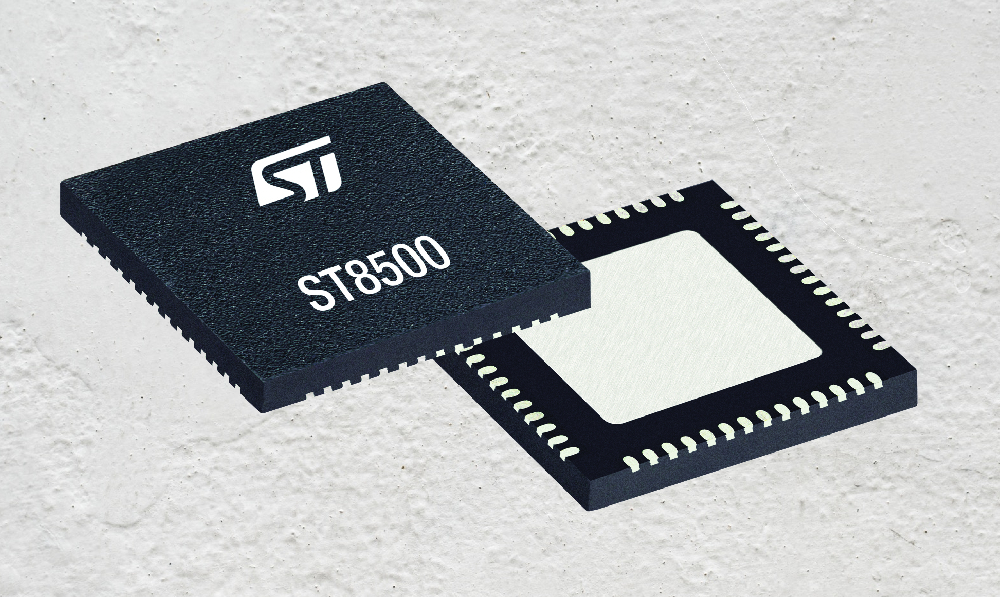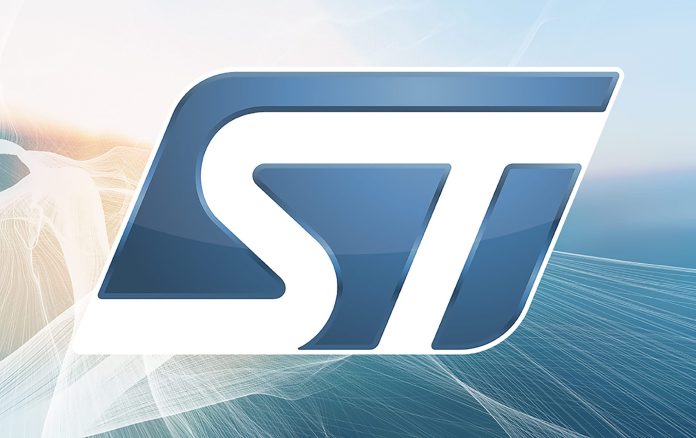A hybrid version of the ST8500 system-on-chip (SoC) from Switzerland-headquartered STMicroelectronics has been certified for both power-line and wireless communications. It is the first chipset to receive the new ‘hybrid’ G3-PLC power-line and wireless certificate, published in March, from the G3-PLC Alliance for smart-grid, smart-city, and industrial IoT equipment.
The newly certified chipset combines the ST8500 SoC, supporting the latest third-generation plug-and-play power-line communication (G3-PLC), with a S2-LP radio transceiver for wireless applications in the license-free ISM industrial radio and SRD short-range mesh bands at 433, 512, 868 and 920 MHz. The ST8500 supports software-defined implementations of a range of powerline stacks, in frequency bands such as CENELEC and FCC.
 Radio-free power-line communication uses long-range electricity networks to carry data between sensor devices and data centres. The G3-PLC Alliance was formed to promote and implement G3-PLC in smart grid applications. Its new G3-PLC Hybrid specification allows smart grid (and smart city and industrial IoT) devices to select available wireless or powerline channels automatically, according to network conditions.
Radio-free power-line communication uses long-range electricity networks to carry data between sensor devices and data centres. The G3-PLC Alliance was formed to promote and implement G3-PLC in smart grid applications. Its new G3-PLC Hybrid specification allows smart grid (and smart city and industrial IoT) devices to select available wireless or powerline channels automatically, according to network conditions.
The ST8500 SoC, packaged as a 7mm x 7mm x 1mm QFN56, is “widely used” in metering, industrial, and infrastructure applications, said STMicroelectronics. The company said the new hybrid version has already been chosen by “key stakeholders in the smart-grid market”. Its hardware and firmware solution has been selected for the G3-PLC Alliance’s official radio certification-testing equipment.
A statement from STMicroelectronics, said: “The features and capabilities of G3-PLC have been developed to address the difficult challenges of powerline communications. While earlier approaches were a step in the right direction, they fall short of meeting the technical and reliability requirements necessary in the hostile environment of PLC.”

